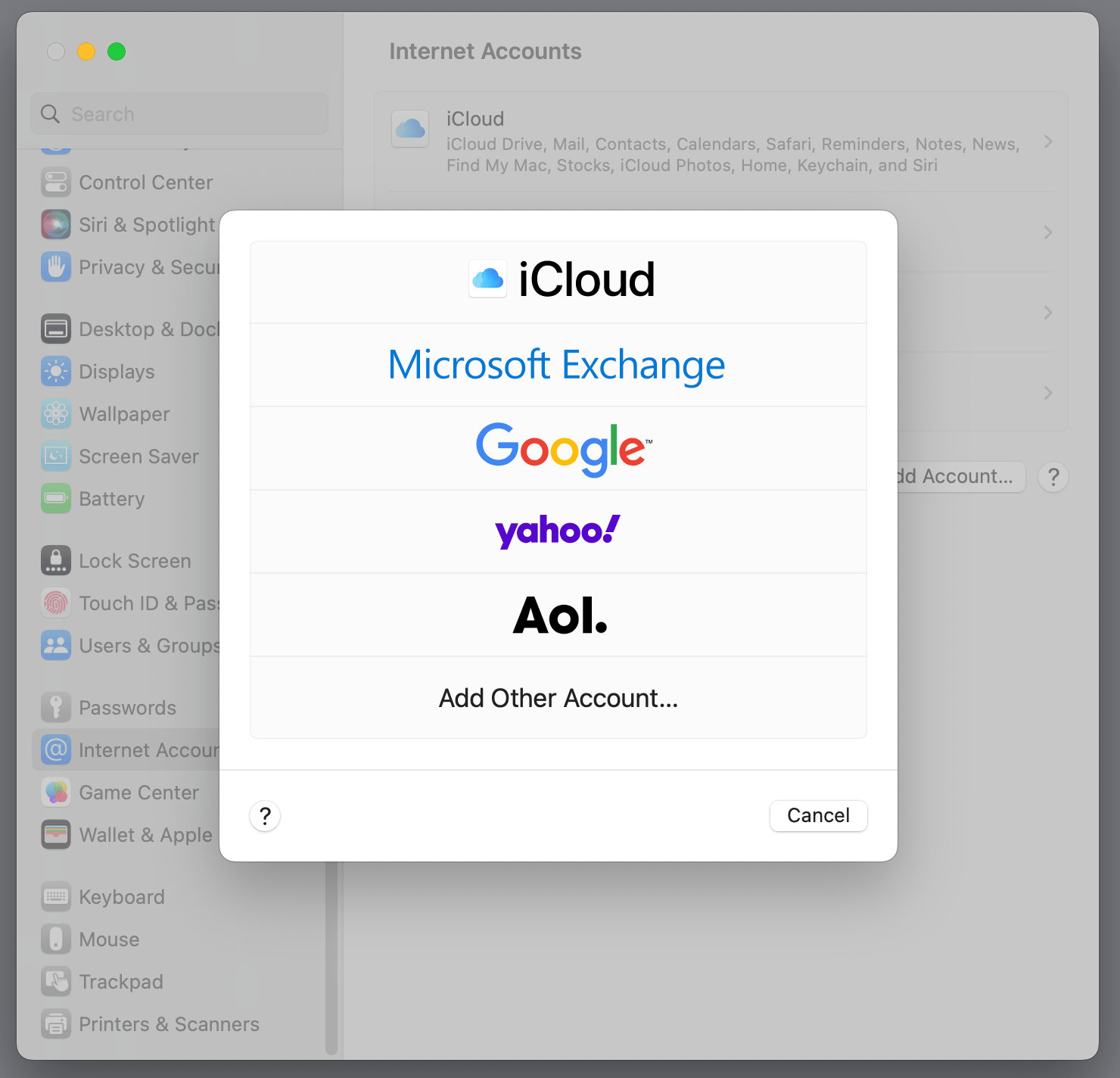

One of the things I do is take notes every time I place a call for work. And, when viewing a contact whose birthday is approaching, it displays confetti animated over the contact card, similar to the effects you see in Messages on iOS.Īnd if that were all it did, it would be an incredibly useful contacts application. This shows the information in a large banner across the middle of the screen, making it easy to see from across the room. One feature that I like is "large" or "show" followed by the contact's name. Map directions to their address, open their Web site, or contact them any number of ways, and we're already using an application that's way more powerful than plain old Contacts. It also understands "FaceTime", "ft", "facetimeaudio", "fta", "message", "text", "Skype", "tweet", "Website", "map" as commands to handle the contact. You can compose emails by typing "email Wendy" or "mail Wendy" and specify which email address.

You can specifically choose what to copy by typing "copy Wendy work phone". You can copy a contact's information by typing "copy Wendy" and it will copy the contact's card to the clipboard.
#Cardhop preferences Bluetooth#
It can do this either by using continuity to place the call from the Mac, or if you've set up Bluetooth with your phone it can place the call. By typing "dial Wendy", "call Wendy", or "phone Wendy", the application will start a call with Wendy. Here's where the magic happens: You can take action on a contact directly from the search field. So far, this is all normal for a contacts application, and a mild improvement over the Contacts application that macOS has had for ages. Right-click or control-click to add a contact to a group, or move a contact between groups. You can choose which account the contact belongs to, and edit the rest of the details just by moving the cursor over the field in the contact record. Start by typing the name and hit return to create it. You can enter any part of a name, email or other piece of information, and Cardhop will merge the details and search across all your accounts, local to your Mac, iCloud, Google, and so on.Īdding a contact is easy. Just like Fantastical, the search is very flexible. The top of the menu and default cursor focus is in the search bar. It's possible to hide the dock icon or menu bar icon as you like, but it's an either/or situation: one of the icons will be visible.Ĭlicking on the icon in either location will bring up the main window for the application.
#Cardhop preferences software#
Flexibits may not have Jamie Zawinski's guidance for software developers working on calendars and contacts in mind, but it's close.Ĭardhop, like Flexibits, runs in the dock and in the menu bar of your Mac running El Capitan, Sierra, or High Sierra. No one said managing an address book was easy, especially when you introduce the local On My Mac copy, the iCloud copy, and other accounts like Google.Ĭardhop is about making contacts useful and possibly delightful. Worse are the contacts that somehow get created out of multiple email addresses all belonging to someone other than any of the email addresses in the contact card. I've whittled it down from contacts I've lost touch with, and duplicates that seem to clone themselves with alarming regularity. I regularly had to decline to share my address book with applications, because it would crash them in the process. That's down from about 32,000 a few years ago. I might have an extreme use case, though. Normally, I don't interact with Contacts unless other paths to use its data have failed me, whether that's a Spotlight search on a name, or starting a new email and seeing if the contact I'm looking for will populate the To: field.

One thing Contacts has never gained is a sense of fun and speed. There've been minor changes like the name change from Address Book to Contacts, the addition of supporting Google Accounts in OS X, and its early days as a receiver of data from iSync, which worked with mobile phones in the days before iPhone. Contacts hasn't changed dramatically in all the years it has shipped as a part of OS X and Mac OS.


 0 kommentar(er)
0 kommentar(er)
